Over the years I’ve spent working as a sleep consultant, I’ve had the opportunity to visit hundreds of families. Seeing so many nurseries, I’ve learned that there’s a lot more to nursery layout and design than just which colors you prefer or what theme to go with (although those details can be really fun to discuss!)
Choosing the safest nursery items should always be your top concern. Picking out eco-friendly nursery options is also an excellent approach. But, did you know that the choices you make in your nursery design can even affect your child’s sleep quality?
How you set up your baby’s nursery can actually play a part in helping them get the best sleep possible. What’s even better is that the simple things you can do right now to help set up your nursery for great baby sleep can help your little one sleep better at any stage of childhood. Take a look:
1. Get Blackout Curtains
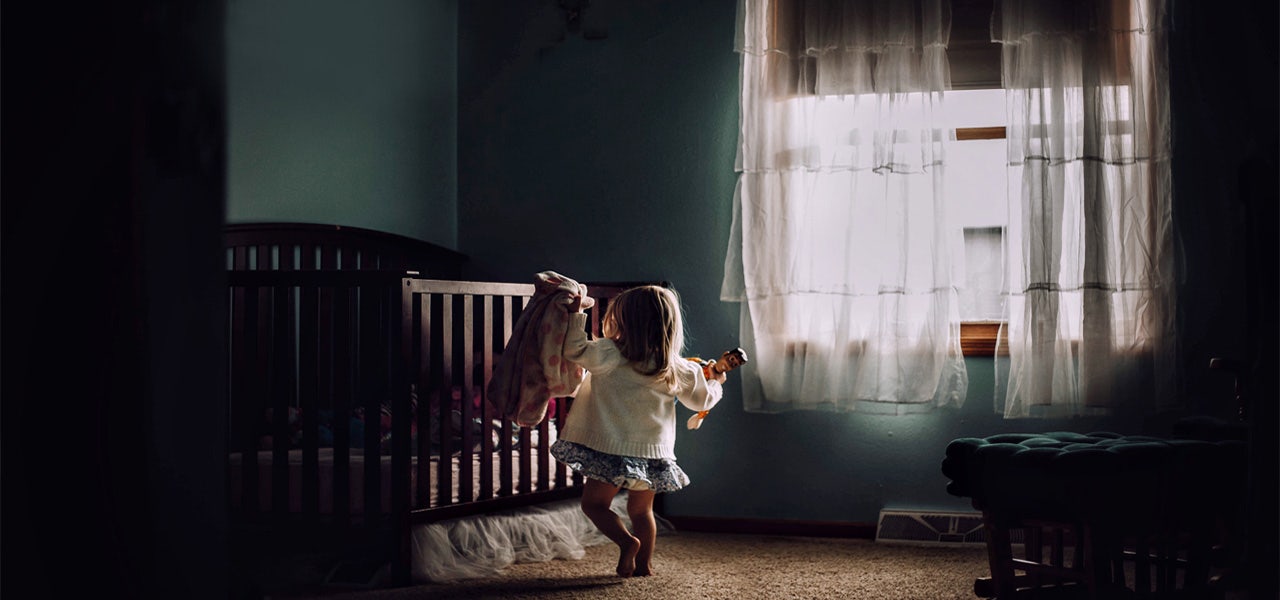

Research shows that – from as early as 1 month of age – using light for awake time and dark for sleeping time helps a baby’s circadian rhythm develop. Having the ability to darken your baby’s nursery for naps or early bedtimes is very beneficial from the time they are only a few weeks old and increasingly so as your baby gets more aware of their world.
In the early months, the darkness helps entrain circadian rhythm. Then, as your baby ages, darkness helps minimize visual distractions.
Blackout curtains, or even over horizontal blinds, can be very effective in creating the desired darkness. A baby’s nursery doesn’t have to be pitch black but should be dark enough to minimize distractions. How sensitive your child is to light is not something you can train.
2. Consider the Position of the Crib
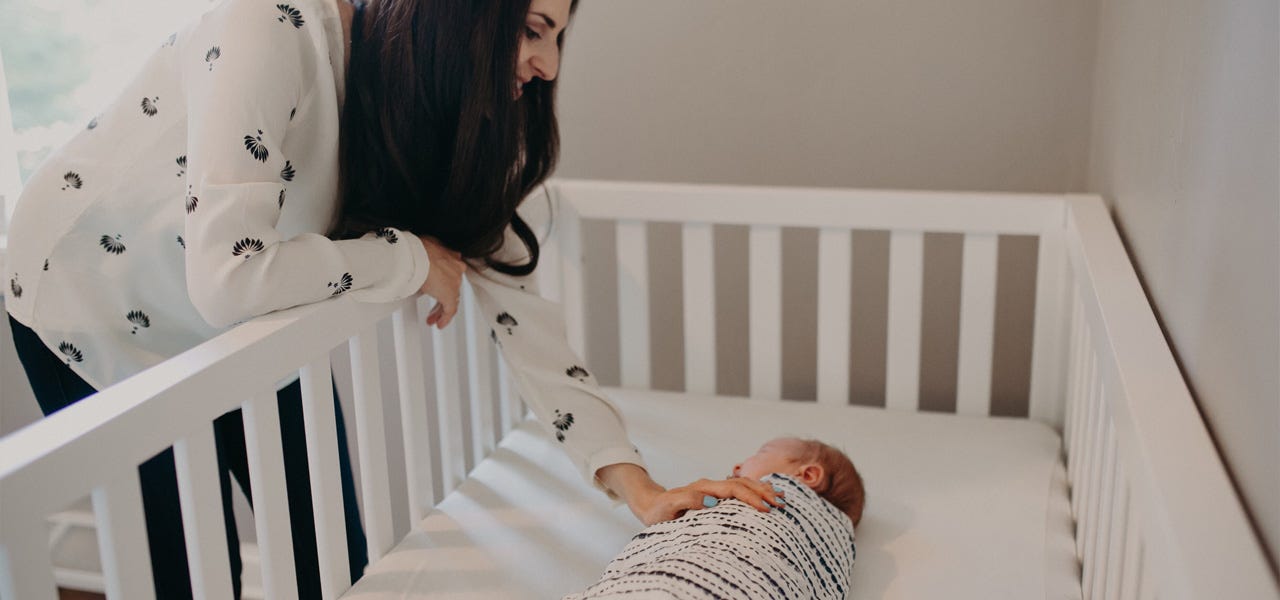

Take a look at the nursery decor sites and you’ll see a common motif: they often have the crib in the middle of the wall underneath the baby's name decal. It does look beautiful but keep in mind that ideally you want your crib to be away from the door.
This nursery layout is primarily so your baby won’t be disturbed by you coming and out. There’s also something feng shui about your baby’s crib having line of sight to the door but also having the safe, secure feeling of being in a corner. When the crib is in a corner, that’s also one less side your little one can try to climb out of once they are in the toddler years!
Think About Your Crib Mattress, too
When your baby outgrows their bassinet around 4 to 5 months of age, you’ll want to have a crib that has different levels for the mattress. For instance, the mattress should be high in the newborn stage when you’re always picking up and putting down your baby so you don’t have to lean too far down. When your baby shows signs of sitting up, you’ll want to lower the mattress and then lower it again when your baby can pull to standing.
You’ll want to have a comfortable mattress, too. Just remember that a firm, flat crib mattress is recommended by both the Consumer Product Safety Commission (CPSC) and American Academy of Pediatrics (AAP). It’s also a smart idea to look for a certified organic crib mattress that steers clear of flame retardants and toxic chemicals.
3. Invest in a Quality Chair or Rocking Chair
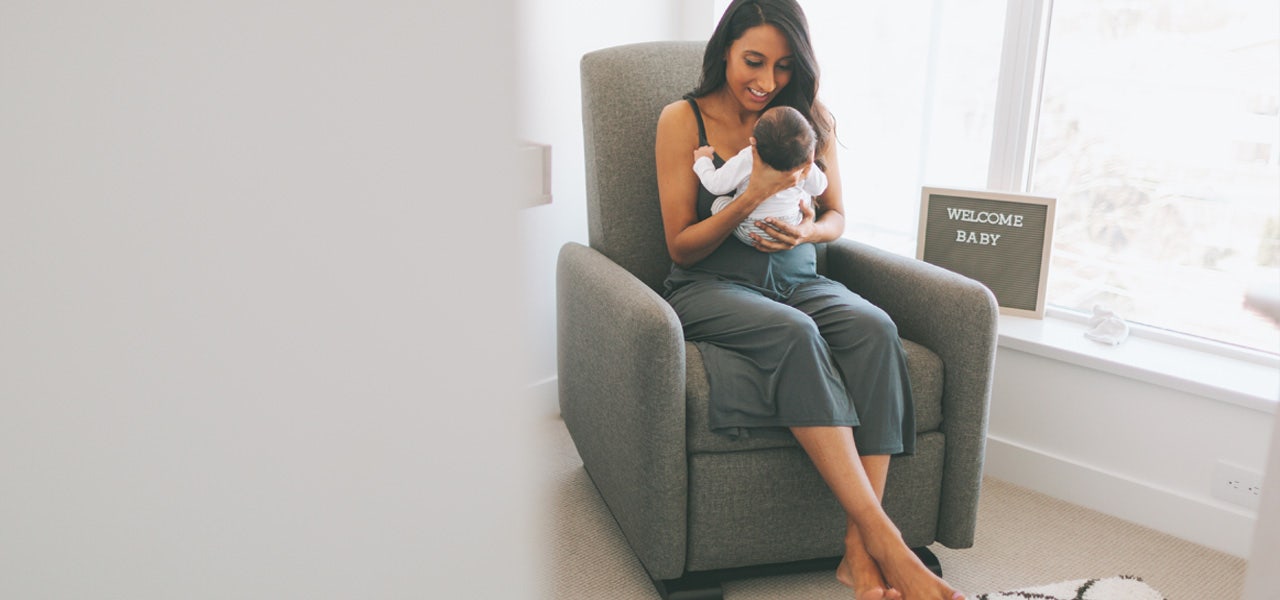

I hate to break it to you, but your baby is going to wake up, at least at first. In the newborn and infant stage, it’s vital to have a comfortable nursing chair for all those night-time feedings. Your baby will return to sleep faster and better if both of you are relaxed and comfortable during this time.
As your baby grows, the chair takes on a new purpose of being a cozy place to snuggle during bedtime stories. In addition, it can be comfortable to have for when your baby is sick and you want to stay in the room with them or rock them to sleep.
4. Optimize the Room’s Temperature
The ideal sleeping temperature for humans is around 69 to 71 degrees Fahrenheit. However, babies (and newborns especially) run warm. This is because their metabolism is running high while they are constantly growing. If babies are too hot or too cold, it can cause more disrupted sleep.
All humans wake up in the night but if your baby or toddler wakes up and is distracted by heat/cold, it can be harder for them to fall back asleep. You want to be able to adjust the temperature accordingly.
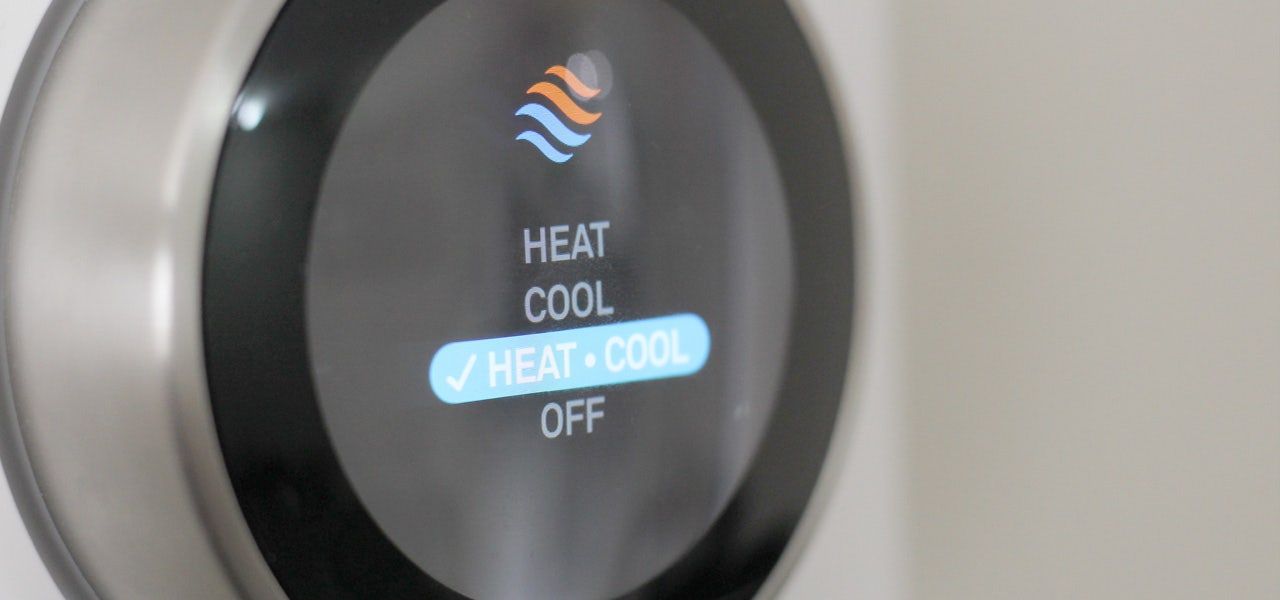

5. Try Dimmable Lighting
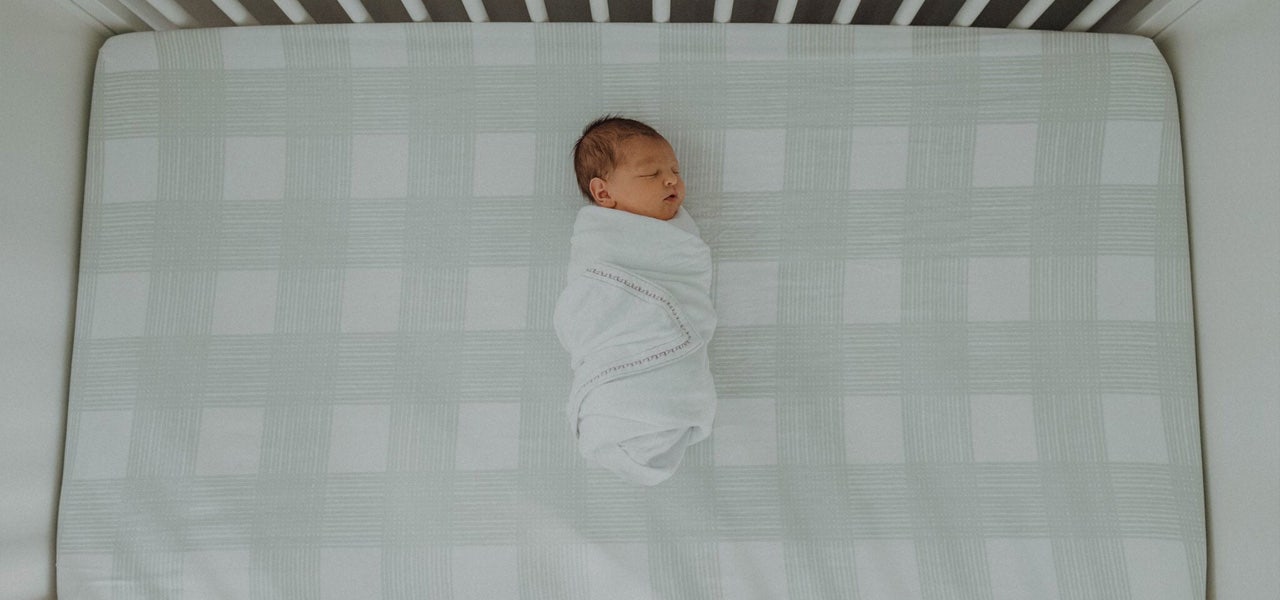

You’re going to want to have some sort of dimmable lighting. This could be a dimmable ceiling light or even a small nightlight. Here’s why: the light is actually for you, not your baby. It helps you see what you’re doing when you’re moving around at night. If you’re stumbling into furniture or tripping over a discarded toy, firstly, ouch! But also, the noise and commotion can cause your baby to wake up even more.
Interestingly, kids don’t develop fears of the dark until approximately age 3 when their wonderful little imagination comes into play. But, dimmable lighting helps set the stage for sleep and may come in handy once those imaginations kick in.
Things You Don’t Need in your Nursery
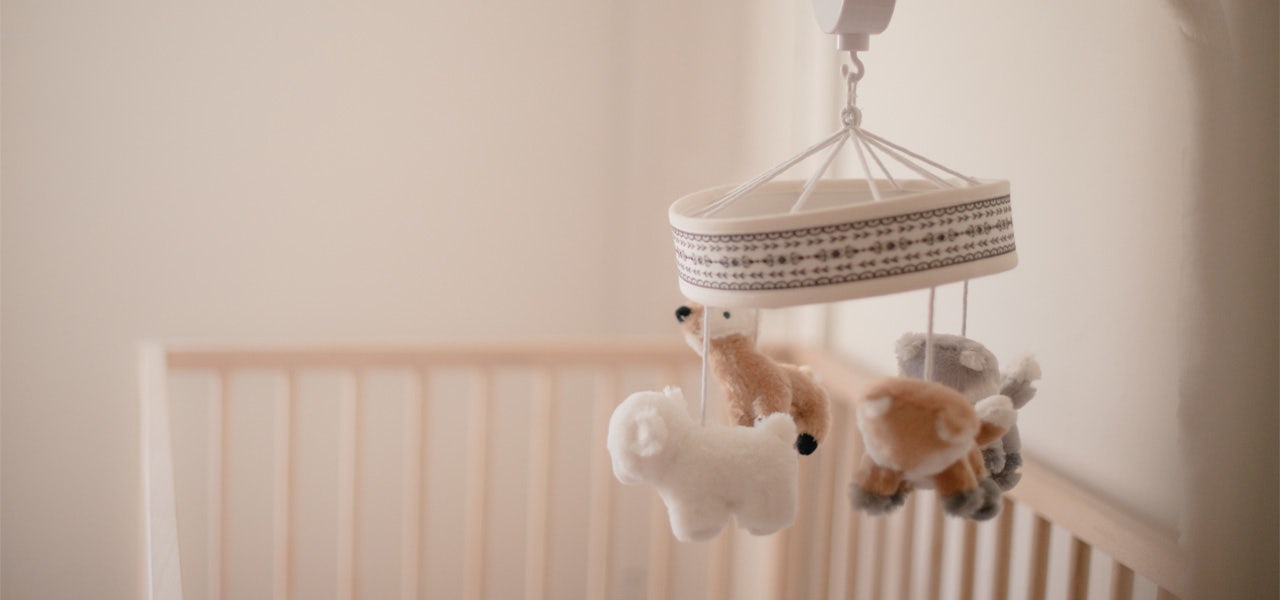

Wall hangings, diaper stackers, toy boxes… it’s easy to get carried away buying all those perfect touches for your baby’s nursery. However, some items are completely unnecessary and could even take away from your baby getting safe, quality sleep. For example:
- Mobiles – Mobiles for most children can be distracting. Great sleep is a function of many factors including reducing the number of distracting variables. However, mobiles can be fabulous if you hang them over the changing table instead of the crib.
- Crib bumpers – The AAP doesn’t want any blankets or crib bumpers in the crib. They can pose a safety issue and keeping your baby’s crib free of these items can help reduce the risk of SIDS.
Summary
A great nursery set up for sleep has the appropriate baby gear including a crib and a rocking chair. Environmental factors such as temperature and light can be adjusted according to need. Consider placing the crib in a corner rather than the middle of the wall. Care to learn more about your baby’s sleep? Take my simple 6 question sleep quiz here.
 BABY
BABY  KIDS
KIDS  ADULT
ADULT  LEARN
LEARN  STORES
STORES 
